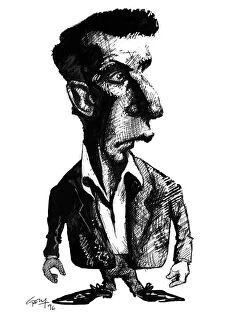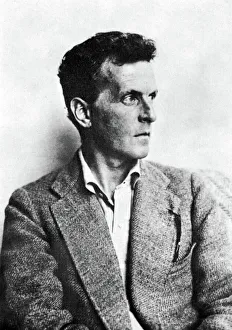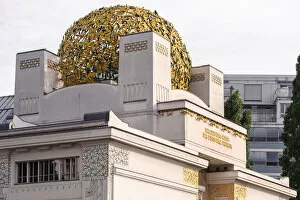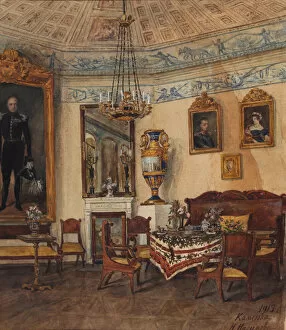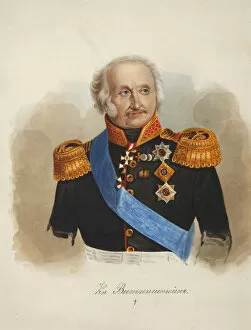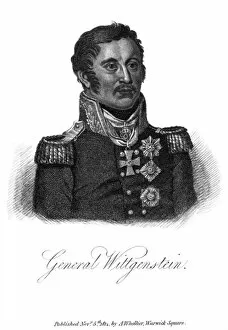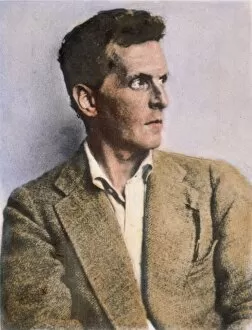Wittgenstein Collection
Ludwig Wittgenstein, a British philosopher of Austrian origin, was an enigmatic figure whose ideas continue to shape the field of philosophy
All Professionally Made to Order for Quick Shipping
Ludwig Wittgenstein, a British philosopher of Austrian origin, was an enigmatic figure whose ideas continue to shape the field of philosophy. Born in 1889 and passing away in 1951, Wittgenstein's contributions have left an indelible mark on intellectual discourse. Often depicted in caricatures, Ludwig Pr. Wittgenstein's distinctive appearance mirrored his unique perspective on language and logic. His philosophical investigations delved into the nature of meaning and how it is conveyed through words. While known for his groundbreaking work in philosophy, it also had connections to other domains. The Secession building with its striking gold dome stands as a testament to architectural beauty designed during 1897-98 - a time when he was actively shaping his philosophical thoughts. Intriguingly, history reveals that at the Battle of LUTZEN, Napoleon emerged victorious over the Allies led by none other than Wittgenstein himself. This unexpected turn highlights the multifaceted nature of this philosopher's life beyond academia. A captivating portrait captures Margaret Stonborough-Wittgenstein in 1905 by Gustav Klimt - showcasing not only her beauty but also her familial ties to Ludwig. It serves as a reminder that even great thinkers are part of larger social networks. Verkiai Palace provides glimpses into another facet of Wittgenstein's world – one filled with grandeur and opulence. From its stunning conservatory to its elegant dining room and infant school (Salle d'asile), these spaces reflect both his refined taste and desire for knowledge dissemination. Lastly, Peter Dominikus Ludwig (1831-1887), Prince of Sayn-Wittgenstein-Berleburg-Ludwigsburg adds yet another layer to the complex tapestry surrounding this renowned philosopher. Connections like these remind us that individuals are often influenced by their heritage and family backgrounds. Wittgenstein's legacy endures as his philosophical ideas continue to challenge and inspire generations of thinkers.

